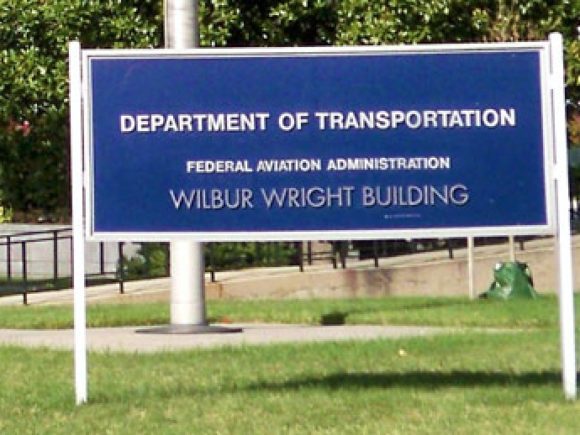The US airline fleet has been remarkably stable since 2000 in terms of narrow and wide body aircraft. Wide body aircraft have typically accounted for under 15% of the jet fleet for many years.  When breaking down the narrow body fleet, we see the following market share over time. As the Douglas fleet retires, it appears that Boeing is picking up most of the market. Airbus has seen its market share rise steadily from 8% in 2000 to 19% in 2014. Boeing’s market share dropped from 56% to 53%. If we add the Douglas market share to Boeing’s, the numbers are 80% in 2000 to 63% in 2014.
When breaking down the narrow body fleet, we see the following market share over time. As the Douglas fleet retires, it appears that Boeing is picking up most of the market. Airbus has seen its market share rise steadily from 8% in 2000 to 19% in 2014. Boeing’s market share dropped from 56% to 53%. If we add the Douglas market share to Boeing’s, the numbers are 80% in 2000 to 63% in 2014.


The US narrow body fleet is growing steadily (9% over the period) as the chart below shows, but it is not a monolithic fleet. The average number of seats per aircraft has varied as the US airlines deployed regional jets. This has helped give Bombardier and Embraer momentum.


As much we like the prospects of the Small Duopoly, especially below 150 seats, every order will be a fight and the Big Duopoly holds the better cards. But if the Small Duopoly’s next generation aircraft (CSeries & E2) live up to their promises, we might see their fleet reach 750. That requires replacing a host of smaller Airbus and Boeing’s, which is doable. Overcoming airline fleet simplification will not be easy. The Big Duopoly’s production capacity is an extremely difficult hurdle on its own, and provides tremendous pricing power.






In the second table, how can we explain that Embraer’s share has been cut in almost half between 2008-2009 and 2014? There is also a small reduction for BBD, but much less. Can this be explained only be the retirement of smaller ERJ-135/140?